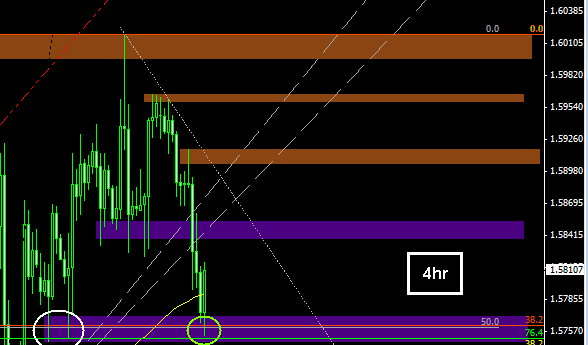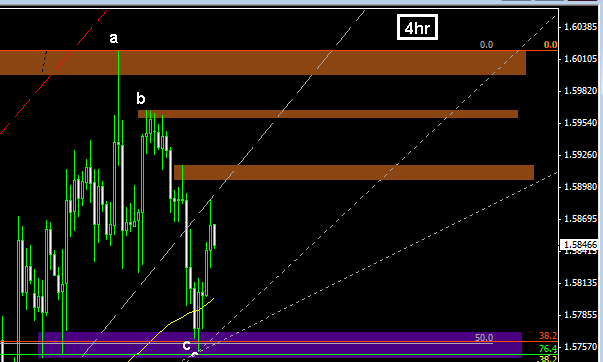Shakone
Senior member
- Messages
- 2,460
- Likes
- 665
re: Support & Resistance Explained
It is often brought out that things are 50-50. Why on earth would they be? Of all the numbers it could be, why always 50. When the Dow was in the area of 6500, do you think the probability of it going either to 13000 or to 0 was 50-50? What about probability of it going to 2500 or 10500? 50-50 too? If like me, you don't think either are 50-50, then what does that tell you?
Someone can draw Support and Resistance where they like, at any level. So the implication from what you have said is then that
1) EVERY price point has a 50-50 chance if stops and targets are equal, no matter what those stops and target sizes are.
2) Trend is irrelevant (as a consequence of 1), as is any history of price.
Is this what you are saying? I don't agree with either.
I will give flyonthewall a try. Thanks for the suggestion 😉
Yes I've done this. The % win typically varies between 30% and 65%. You can alter stop and target sizes and it will change a bit again. Will those %'s hold in the future? God knows. Depending on what you're testing it may have for example a 58% win for longs and 40% wins for shorts. Maybe that is because of the trend mainly being up during the data tested. But trend can be determined. So again I still see no reason why it is 50%, and I see no evidence for that either. Many things are close to 50%, but many things are a bit worse, or a bit better.This is a fairly simple question. Try a backtest of any single piece of TA used in isolation. This could be buying MACD on oversold, MA crossover, reversal at a point of support & resistance.
It is often brought out that things are 50-50. Why on earth would they be? Of all the numbers it could be, why always 50. When the Dow was in the area of 6500, do you think the probability of it going either to 13000 or to 0 was 50-50? What about probability of it going to 2500 or 10500? 50-50 too? If like me, you don't think either are 50-50, then what does that tell you?
Someone can draw Support and Resistance where they like, at any level. So the implication from what you have said is then that
1) EVERY price point has a 50-50 chance if stops and targets are equal, no matter what those stops and target sizes are.
2) Trend is irrelevant (as a consequence of 1), as is any history of price.
Is this what you are saying? I don't agree with either.
Yes I agree. There are also things that will have an impact on price, that you won't see, either because you're looking at a different timeframe, looking at DOM, or distracted by bloomberg, lol. Nobody can have an eye or an ear on everything, you have to prioritise which data set you're looking at. Perhaps your prioritising is better than mine, and I should use more things from outside the chart.There are things that will have an impact on price that are outside that single set of data.
I will give flyonthewall a try. Thanks for the suggestion 😉
Last edited:


